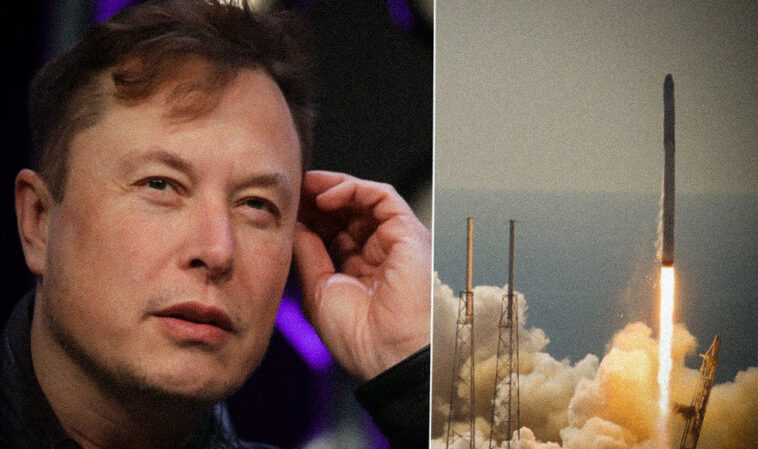Elon Musk’s Starlink property lost a dozen satellites to a geomagnetic storm a day after the satellites were launched on 3 February. According to Starlink, about 40 of 49 satellites have to bear the brunt before they fell out of orbit could even be commissioned.
“The second stage of (Rocket) Falcon 9 placed the satellites in their intended orbit with a perigee of about 210 km above Earth, and each satellite achieved controlled flight. Unfortunately, the satellites deployed on Thursday (3 February) were significantly affected by a geomagnetic storm on 4 February,” a statement released by Starlink on Tuesday said.
The satellites were primarily designed to burn up on re-entry into the Earth’s atmosphere and not leave debris in space. The loss of a total of 40 satellites in a single solar event was described as “unheard of” and “huge”.
Everything you need to know about solar storms/eruptions
Solar storms are magnetic plasma escaping from the surface of the Sun at great speed. This usually happens during the release of magnetic energy associated with sunspots. Sunspots are the dark regions on the surface of the Sun. These dark regions are comparatively cooler than the surrounding photosphere. Solar storms usually last a few minutes or sometimes even hours. The solar storm that occurred on February 1 and 2 and deorbited the satellites and its powerful tracks were later observed on February 3.
“The emerging data suggests that the last part of the storm, with its high-density core, had velocities higher than those recorded during the storm’s arrival – something we did not expect,” physicist Prof Dibyendu Nandi, director of the Centre of Excellence in Space Sciences India (CESSI) at the Indian Institute of Science Education and Research (IISER) in Kolkata, told Indianexpress.com. The storm was unusual and an unexpectedly widespread event. A type not seen in the recent past, added Pro Nandi.
Impact on Earth
Experts believe that not all solar flares reach the Earth’s surface. But solar flares/storms, solar energetic particles (SEPs), fast solar winds, and coronal mass ejections (CMEs) approaching the Earth’s surface are most likely to affect space weather in near-Earth space and in the upper atmosphere.
In addition, solar storms can also affect the operation of global positioning systems (GPS), radio and satellite communications. Geomagnetic storms can also affect high-frequency radio communications and GPS navigation systems. Aircraft flights, power grids, and space exploration programs are also equally vulnerable.
CMEs (coronal mass ejections), which are laden with matter moving at millions of miles per hour, are also a potential threat to the magnetosphere, which is a protective layer that surrounds the Earth. Astronauts on spacewalks could face potential health risks from solar radiation outside Earth’s protective atmosphere.
Predicting solar storms and solar activity
Solar physicists, scientists, and others use computer models to predict solar storms and solar activity. The recent February 1-2 phenomenon that knocked out Starlink’s satellites was predicted as early as January 29.
“Current models are able to predict the arrival time and speed of a storm. But the structure or orientation of the storm still cannot be predicted,” Prof Nandi told IE.
It is also said that certain alignments of magnetic fields can lead to an enhanced response of the magnetosphere, potentially triggering stronger magnetic storms. Given the world’s increasing global dependence on satellites for almost all major things, it is time we had better space weather forecasts and more effective methods of protecting satellites in space.

